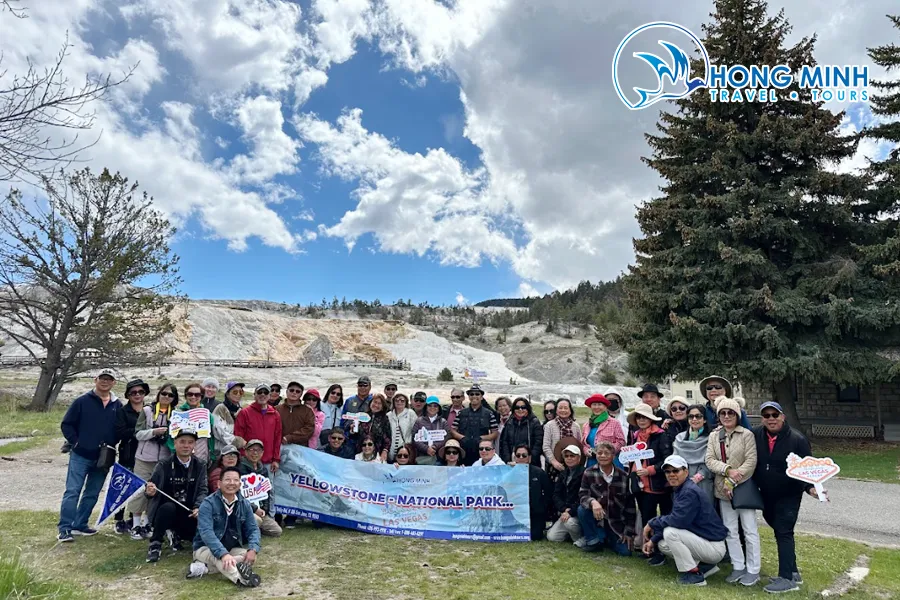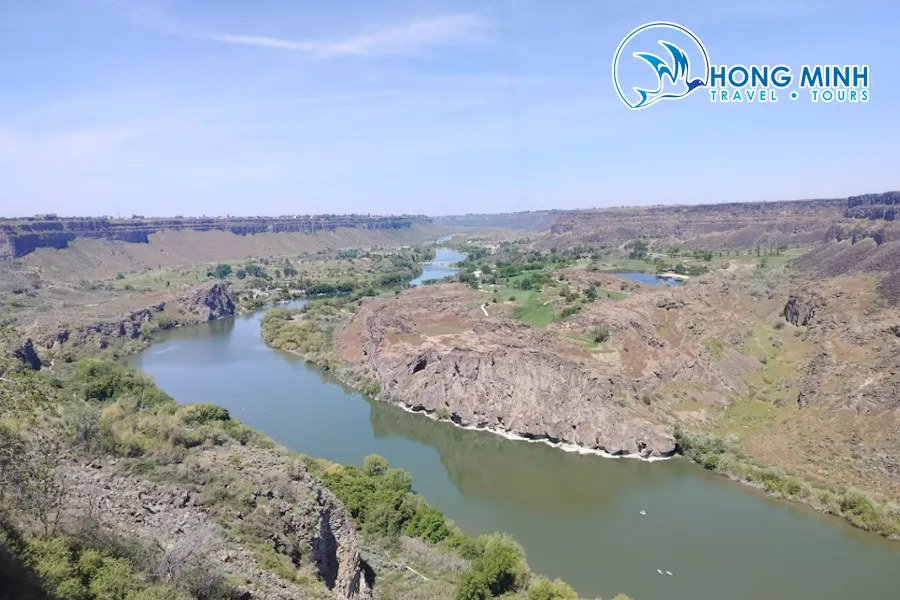Montana, often called “Big Sky Country,” boasts majestic mountains, vast forests, and expansive prairies. It’s renowned not only for stunning national parks like Yellowstone and Glacier but also as a haven for outdoor enthusiasts, especially hunters. Among the diverse wildlife, the white-tailed deer stands out as a symbol of this land, and a white-tailed deer hunting experience in Montana promises unforgettable memories for anyone who loves adventure and seeks immersion in the wilderness.
Montana – A White-tailed Deer Hunting Paradise
Montana’s diverse and rich ecosystem provides an ideal environment for a thriving white-tailed deer population. With its vast area and low population density, Montana offers ample living space for white-tailed deer, minimizing human interference in their natural habitat. This makes Montana one of the premier white-tailed deer hunting destinations in the United States, attracting numerous hunters from around the world.
Montana is not only famous for the quantity of white-tailed deer but also for the high quality of hunting. The Montana state government prioritizes managing and conserving wildlife resources, ensuring hunting activities are sustainable and responsible. Hunting regulations are scientifically designed, based on research into animal populations and habitats, to maintain ecological balance and protect biodiversity.

The majestic natural scenery of Yellowstone National Park, Montana, an ideal habitat for white-tailed deer.
Understanding White-tailed Deer Before Your Hunt
White-tailed deer are mammals belonging to the deer family, native to North America. They are named for their distinctive white tail, which they often raise when alarmed or fleeing. White-tailed deer are medium-sized; adult males can weigh between 130 to 280 pounds, while females are smaller, weighing about 90 to 200 pounds.
White-tailed deer are herbivores, primarily feeding on leaves, buds, berries, mushrooms, and herbaceous plants. They are highly adaptable to various habitats, from dense forests and grasslands to mountainous regions and areas near human settlements. However, white-tailed deer prefer habitats that combine forests and grasslands, where they can find abundant food sources and safe shelter.
For a successful white-tailed deer hunt in Montana, understanding the behavior of these animals is crucial. White-tailed deer are most active at dawn and dusk, when they typically come out to feed. During the day, they usually rest in dense forests or areas with tree cover to avoid heat and the risk of predation. White-tailed deer have highly developed hearing and sense of smell, allowing them to detect danger from afar. Therefore, hunters need to move quietly, remain silent, and mask their scent to approach white-tailed deer effectively.
Thorough Preparation for Your White-tailed Deer Hunting Trip
Hunting white-tailed deer in Montana requires thorough physical and mental preparation. First, ensure you are in good health and capable of hiking long distances in varied terrain. Physical training before the trip is essential to cope with the challenges of hunting.
Regarding equipment, a hunting rifle is indispensable. Depending on preference and experience, you can choose a suitable rifle or shotgun. Ammunition should be adequately prepared, ensuring quality and compatibility with the firearm used. Additionally, binoculars, a hunting knife, a flashlight, a first-aid kit, a compass or GPS, and specialized hunting clothing and boots are important items to bring. Hunting clothing should be camouflage-colored, breathable, warm, and waterproof. Hunting boots should provide good traction, comfort, and ankle support.

The magnificent scenery of Twin Falls, Idaho, part of the wilderness exploration journey before reaching Montana.
Another crucial preparation is obtaining a hunting license. To hunt white-tailed deer in Montana, you must have a valid hunting license issued by Montana Fish, Wildlife & Parks. The license application process can be done online or at agency offices. Familiarize yourself with Montana’s hunting regulations and laws before participating in this activity to ensure legal compliance and avoid unnecessary complications.
A Challenging and Thrilling White-tailed Deer Hunting Experience
A white-tailed deer hunting trip in Montana is not just a sport but also an exciting nature exploration experience. You will have the opportunity to immerse yourself in the wilderness, enjoy the fresh air, and admire the majestic beauty of Montana’s mountains and forests.
Hunting requires patience, concentration, and keen observation skills. You will need to track deer signs, listen for forest sounds, and use binoculars to spot targets from a distance. When you approach a white-tailed deer, you must remain calm, aim accurately, and take a decisive shot. The thrill, tension, and elation upon successfully taking down prey will be memorable moments in life.
However, hunting is not just about conquering and taking. It’s also about respecting nature and wildlife. Responsible hunting means adhering to regulations, hunting only during permitted seasons, and not exceeding quota limits. Simultaneously, it’s necessary to ensure safety during hunting, avoiding danger to yourself and others.

Snake River Canyon, a beautiful natural landscape on the way to Montana, where hunters can enjoy the unspoiled beauty of the American West.
Suggested Ideal White-tailed Deer Hunting Locations in Montana
Montana has many famous white-tailed deer hunting areas, each with its own unique beauty and characteristics. Western Montana, with its rugged mountainous terrain and dense forests, is an ideal habitat for white-tailed deer. National forests like Lolo, Flathead, and Kootenai are popular destinations for many hunters.
Eastern Montana, with its grassland and prairie terrain, is suitable for white-tailed deer hunting by ambushing or stalking. Wildlife Management Areas (WMAs) such as Bowdoin, Charles M. Russell, and UL Bend are excellent choices for those wanting to experience prairie hunting in Montana.
Additionally, many private ranches and public lands also allow white-tailed deer hunting with varying arrangements and fees. You can search for information online or contact local hunting organizations for advice and assistance in choosing a suitable location.
Conclusion
A white-tailed deer hunting experience in Montana is a challenging yet rewarding journey. It’s an opportunity to explore the unspoiled beauty of nature, hone hunting skills, and enjoy memorable moments in life. If you are an adventure enthusiast and want to challenge yourself in a demanding activity, come to Montana and experience the thrill of white-tailed deer hunting in this vast land. Surely, the memories from this hunting trip will stay with you forever.